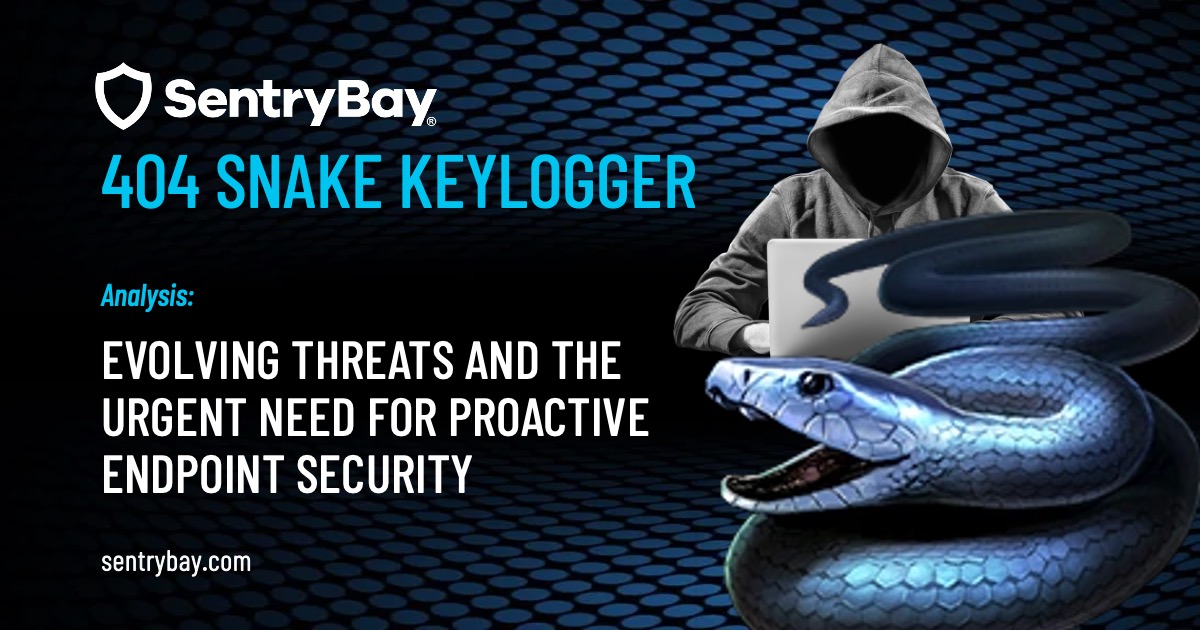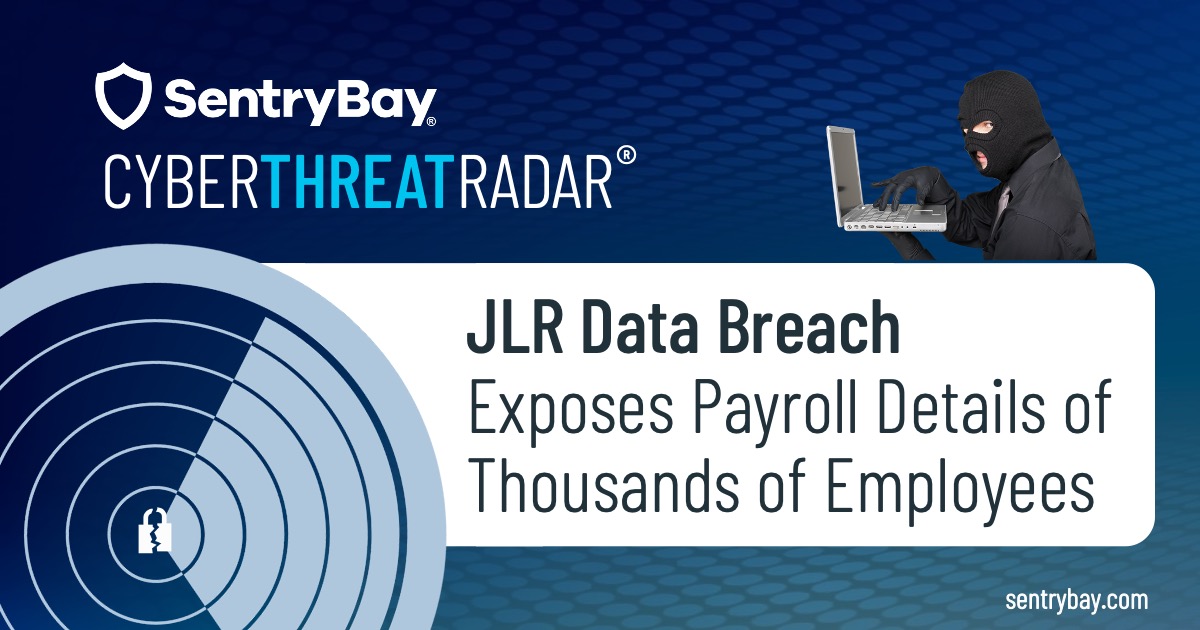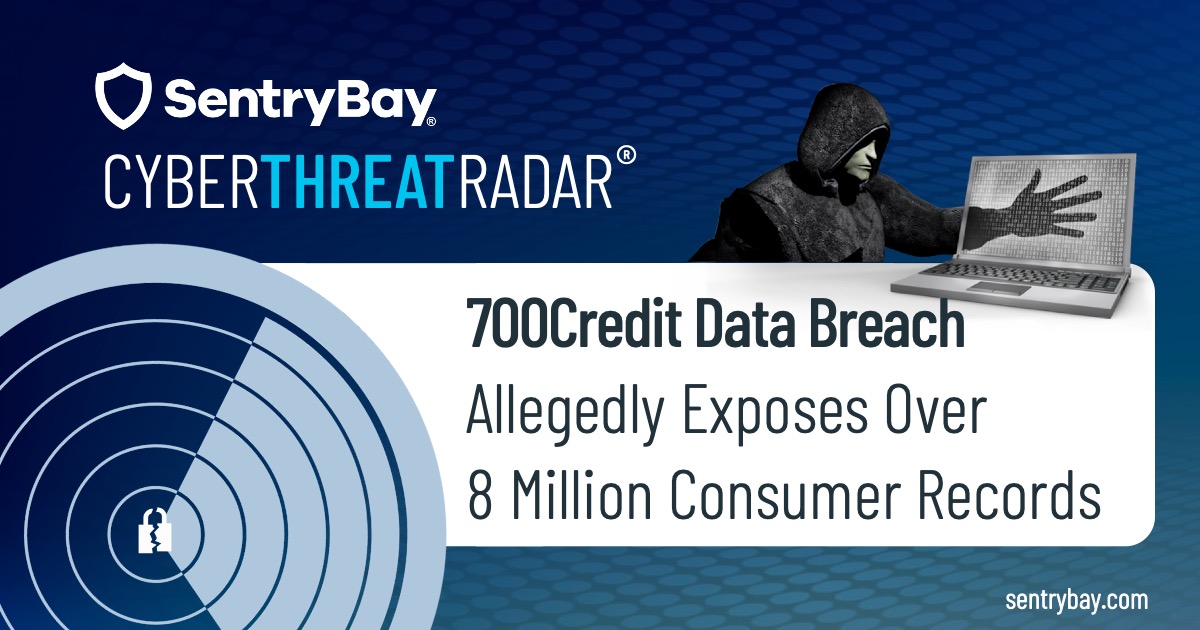
The emergence of a new variant of Snake Keylogger—commonly known as 404 Keylogger—marks a significant escalation in the evolution of credential-stealing malware.
This threat, which has already been responsible for over 280 million blocked infection attempts globally, is now leveraging AutoIt scripting to evade detection and enhance its persistence on infected systems.
Designed to steal sensitive information from Windows users across China, Turkey, Indonesia, Taiwan, and Spain, 404 Keylogger logs keystrokes, captures credentials, and exfiltrates stolen data via SMTP email servers and Telegram bots. The latest iteration of this malware presents a serious challenge to traditional endpoint security measures, particularly in industries handling high volumes of customer payment data, such as retail and hospitality.
For CISOs and security leaders, this is a wake-up call—existing detection-based security tools are no longer enough. Organizations must adopt preventative endpoint security strategies to counteract this evolving threat.
How 404 Keylogger Evades Traditional Security Measures
The new variant of 404 Keylogger introduces AutoIt scripting, a widely used automation tool that masquerades as legitimate system activity to avoid detection. The malware now operates by:
- Compiling its payload within AutoIt scripts: Making it harder for static analysis tools to detect its malicious behavior.
- Deploying process hollowing techniques: Injecting its code into trusted Windows processes (RegSvcs.exe) to blend into the system.
- Leveraging persistence mechanisms: Creating startup scripts (ageless.vbs) that automatically relaunch the malware after reboot.
- Extracting stored credentials: Harvesting saved passwords from Chrome, Edge, and Firefox to enable broader cybercrime activities.
- Exfiltrating data through encrypted channels: Using Telegram bots and SMTP email servers to send stolen data back to attackers.
According to Tim Jenkins, Head of Cyber Defence Research at SentryBay, attackers are leveraging multiple vectors to spread this malware:
“From a research and sales perspective, the ingenuity behind this threat is clear—it uses AutoIt, a free scripting language, to masquerade as legitimate automation, thereby bypassing endpoint detection systems. Our analysis indicates that this threat is distributed via multiple vectors, including phishing campaigns, drive-by downloads, and compromised ad networks.”
This shift in delivery tactics means that signature-based detection solutions and traditional endpoint security tools are struggling to keep up.
Industries at High Risk: Why Retail and Hospitality Are Prime Targets
404 Keylogger poses a significant threat to businesses that process large volumes of customer transactions, particularly:
- Retailers: Attackers can harvest credit card details, loyalty program credentials, and employee login information, leading to widespread financial fraud.
- Hospitality providers: Hotels and travel companies store guest payment details, passport numbers, and personal data, making them high-value targets.
- Financial services: Any business handling banking information or online transactions could face major financial and reputational damage.
As Kalyan Boosara, Head of QA & Application Support at SentryBay, warns:
“It’s alarming to see how many vendors providing keylogging protection are susceptible to these low-level attacks. The simplicity behind the keylogger’s design using free, widely available tools means that traditional detection and response measures can fall short. It’s time for us to rethink our security paradigms and ensure preventative layers of protection are part of the standard security stack.”
This underscores the necessity for proactive endpoint security—rather than relying on reactive detection-based solutions that can be bypassed with evolving malware techniques.
The Technical Breakdown: How 404 Keylogger Compromises Systems
Once executed, 404 Keylogger follows a highly sophisticated infection chain designed to persist across reboots and remain hidden from security tools:
Stage 1: Initial Infection
- Typically delivered via phishing emails, malicious attachments, or compromised ad networks.
- The executable is an AutoIt-compiled binary, allowing it to evade detection.
Stage 2: Establishing Persistence
- Drops itself into the %Local_AppData%\supergroup directory as ageless.exe.
- Installs ageless.vbs in the Windows Startup folder, ensuring it relaunches after reboot.
Stage 3: Credential Harvesting and Exfiltration
- Logs keystrokes using SetWindowsHookEx API (WH_KEYBOARD_LL flag 13), capturing sensitive inputs like banking credentials and login details.
- Steals stored passwords and autofill data from popular browsers.
- Retrieves the victim’s IP address and geolocation via checkip.dyndns[.]org.
- Sends stolen credentials to attacker-controlled servers via SMTP and Telegram bots.
Stage 4: Defense Evasion
- Injects its payload into legitimate Windows processes (RegSvcs.exe) using process hollowing.
- Mimics benign automation scripts, making it harder for behavior-based detection tools to flag.
This multi-stage attack enables long-term system compromise, making it extremely difficult to detect and remove without specialized security tools.
Next-Generation Endpoint Protection: How Organizations Can Defend Against 404 Keylogger
The traditional approach to cybersecurity—relying on signature-based detection and endpoint detection and response (EDR) tools—is failing against adaptive threats like 404 Keylogger. Organizations must adopt a zero-trust approach with preventative endpoint security measures.
- Deploy Anti-Keylogging Solutions: Prevent attackers from stealing keystrokes before they can be logged.
- Use Anti-Screen Capture Technology: Block malware from taking screenshots of sensitive data.
- Implement Anti-Malicious DLL Injection Protection: Stop malware from inserting code into trusted processes.
- Adopt Proactive Endpoint Threat Prevention (ETP): Security must block threats at the kernel level rather than relying on detection after infection.
At SentryBay, our Armored Client solution delivers these capabilities in real-time, ensuring that even advanced threats like 404 Keylogger are neutralized before they can compromise sensitive data.
“For our customers, this underscores a critical point: traditional security approaches may not suffice. At SentryBay, our Armored Client provides proactive endpoint threat prevention (ETP) blocking keylogging threats at the kernel mode. We don’t rely on reactive detection; instead, our zero-day threat protection stops keyloggers in their tracks, ensuring sensitive data remains secure even against the most cleverly disguised attacks,” confirms Tim Jenkins, Head of Cyber Defence Research, SentryBay.
Final Thoughts: Why CISOs Must Act Now
The 404 Keylogger is a major evolution in keylogging malware, demonstrating how attackers continue to refine their tactics to bypass traditional defenses. With AutoIt scripting, process hollowing, and SMTP-based exfiltration, it is one of the most advanced keylogging threats to date.
For CISOs and security leaders, the message is clear: reactive security is not enough.
- Implement kernel-level endpoint protection.
- Harden systems against keylogging and credential theft.
- Deploy SentryBay’s Armored Client for proactive endpoint threat prevention.
Your data is only as secure as your endpoints—act now before 404 Keylogger strikes.



